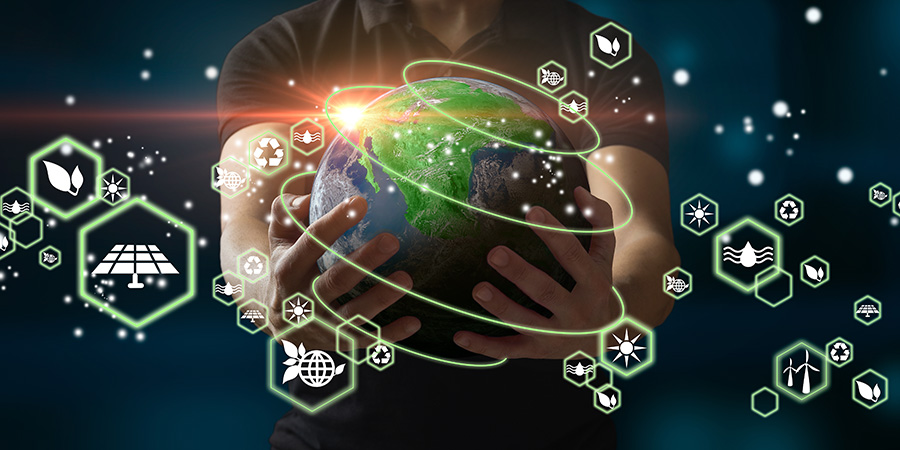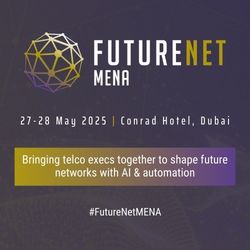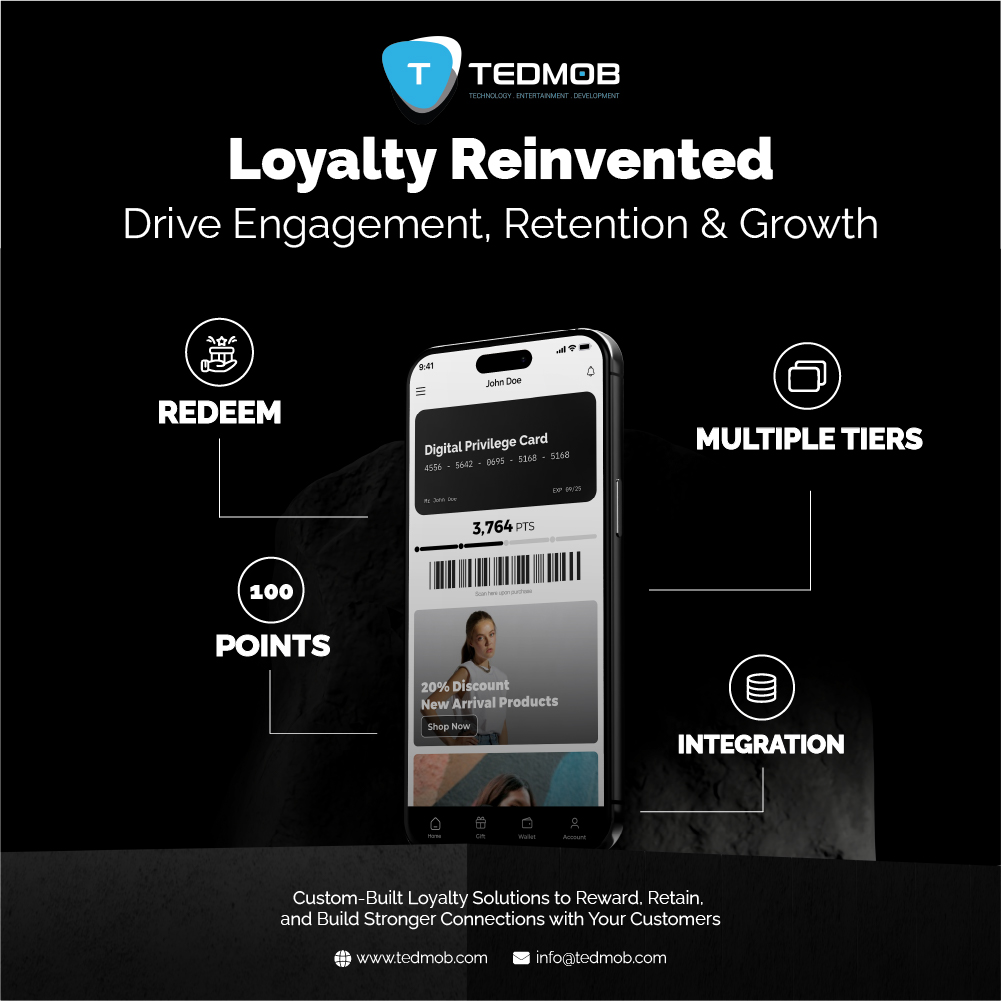In celebration of Earth Day’s 55th anniversary, the 2025 theme, “Our Power, Our Planet,” urges collective global action to fast-track the transition to renewable energy. The objective is to triple clean electricity output by 2030 by harnessing solar, wind, hydro, tidal, and geothermal sources.
In line with this, Telecom Review supports the information and communication technology (ICT) industry’s ongoing push for sustainability, renewable energy in green data centers, and circular economy practices.
Telecom Review remains dedicated to spotlighting the industry’s journey to achieving net-zero goals.
A Green Lens: 5G and AI for Net-Zero Goals
Electricity remains the primary source of energy consumption in the telecommunications sector. However, advancements in 5G-Advanced connectivity are paving the way for greater sustainability, enabling more efficient application development and enhanced network performance. These technologies also deliver notable gains in energy efficiency, significantly reducing power usage across smartphones, Internet of Things (IoT) devices, and mobile access networks.
Overall, the mobile telecommunications industry has committed to achieving net-zero carbon emissions by 2050, aiming to attain a 90% reduction in energy usage through the utilization of 5G technology, according to a GSMA study.
“By emphasizing ethical practices and sustainability, the goal of achieving a beneficial AI-driven future that aligns with social values, enhances economic growth, and minimizes environmental footprints can be realized,” stated Abdullah Mohammad Khorami, Chief Business Officer at Etihad Salam Telecom Company.
As the energy demands of artificial intelligence (AI) systems and data centers increase, adopting renewable energy sources and designing energy-efficient systems will be essential to minimize the environmental impact.
To balance AI innovation with sustainable growth, Kenji Takemura, Head of EMEA Transport CoE at NEC, believes that “AI data centers should be more widely distributed to suburban areas where renewable energy is abundant and energy prices are moderate.” NEC is supporting distributed green AI data centers with a flexible open architecture and ecosystem.
Majid AlNaqbi, Head of Data Center Business at du, agrees that sustainability is one of the important elements within data centers due to the successful results du has gained from implementing it. “On the energy side, we are advancing solar power generation and its implementation to further explore clean energy solutions,” he explained. Additionally, du is working with other firms on their initiatives to identify and develop other clean energy sources.
Sustainability Takes Center Stage Among Tech Leaders
In alignment with its net-zero ambitions, du is focusing on key initiatives to reduce its carbon footprint, including improving energy efficiency and sourcing renewable energy. “Our net-zero ambitions are aligned to support the UAE on reaching net-zero emissions by 2050 and are designed to not only benefit the environment but also create economic opportunities and improve the quality of life for people in the UAE,” highlighted CEO, Fahad Al Hassawi.
On the other hand, Nokia’s strong commitment to energy efficiency is reflected in its innovative solutions, including its Virtual Power Plant, which supports solar energy integration, and its 'zero-traffic, zero-energy' feature, which powers down radio resources during idle periods to reduce energy consumption. The company is also targeting 100% renewable energy usage across its operations by 2025.
Turkcell also previously shared its ambitious plans for sustainability with Telecom Review. Aiming to provide the best and most affordable technology, in an energy-efficient way, the company has invested USD 240 million to build a solar panel energy plant and ensure that these technologies have “a minimal negative impact on the world, establishing a future where renewable energy is our foundation.”
In 2023, Amazon Web Services (AWS) successfully met its target of powering all its operations with 100% renewable energy. Building on this progress, AWS has begun transitioning to renewable diesel for backup generators at its data centers across Europe and the Americas.
In addition, Vodafone Oman has cemented its position as a genuine pioneer and a driver of digitalization through its commitment to building a fully-green digital operation. “We are fostering a service that is kinder to the environment and is utilizing cleaner energy sources and smarter power management,” CEO, Bader Al Zidi, expressed. Powered by only four racks, Vodafone’s 5G Next Level network has set a groundbreaking standard for eco-conscious telecom networks.
Huawei is also working with regional partners to increase the use of green energy, improve power consumption efficiency, promote green energy development, and achieve energy conservation and emission reduction. “With long-term R&D investment in digital and power electronics technologies, we aim to accelerate clean energy generation; build green transportation, sites, and data centers; and contribute to zero-carbon buildings, campuses, and cities,” shared Steven Yi, President of Huawei Middle East and Central Asia.
Green Milestones in the Gulf
To cater to energy-efficient connectivity in the cloud and AI era, both the Dubai Clean Energy Strategy 2050 and the Dubai Net Zero Carbon Emissions Strategy 2050 aim to ensure that 100% of Dubai’s total power production capacity comes from clean energy sources by 2050.
A key player in this area is the Dubai Electricity and Water Authority (DEWA), which has been championing the implementation of sustainable solutions and objectives. “DEWA works to balance economic development with preserving the environment. This is accomplished by increasing the share of renewable and clean energy in Dubai’s energy mix, enhancing performance, and improving energy efficiency,” asserted Mohamed Obaid Alsharid, Chief Digital Officer.
Moreover, sustainability is a top priority at NEOM, the Kingdom of Saudi Arabia’s futuristic mega-smart city. “This is not just about the renewable energy policies of one business; we are building an entire city,” noted TONOMUS’s Chief Growth Officer, Fabio Fontana. “We are looking at three types of renewable energy: wind, solar, and hydrogen.”
Another notable example of a Saudi-based project that harnesses innovation for sustainability is the zero-carbon 5G network at The Red Sea, powered entirely by renewable energy via 760,000+ solar panels. Committed to long-term sustainability, Zain KSA has integrated green solutions throughout the project with its partners to minimize energy consumption.
Beyond “Earth Day”
In its analysis of the industry’s current inflection point, Telecom Review found that robust digital innovation and 5G networks, purposeful regulation, and sustainable connectivity form the foundation of the next generation of green smart cities and industries.
Read More on Sustainability:
The Digital Dilemma: Is Digital Transformation Advancing or Reversing Climate Change?
Building Tomorrow's Data Centers: A Focus on Sustainability in the Middle East










